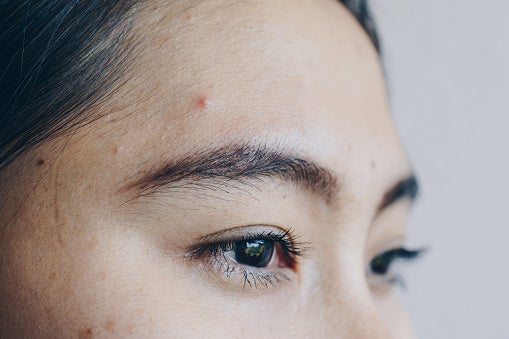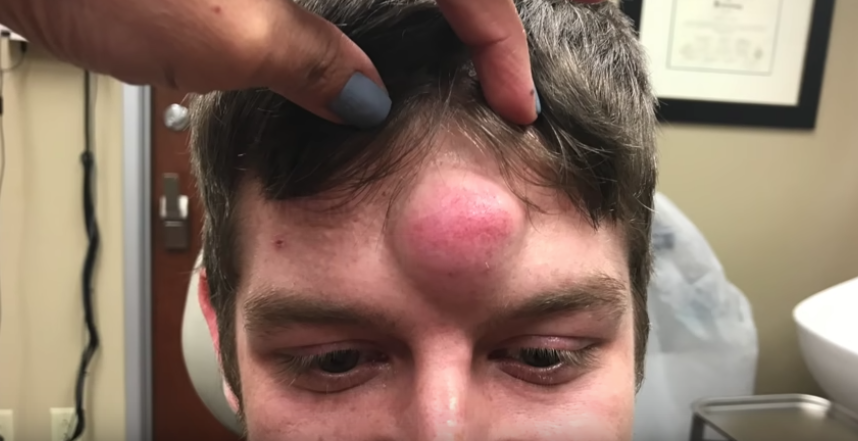
Wearing makeup or tight clothing for long periods of time can exacerbate cystic acne by trapping moisture, sweat, and oil. Instead, cystic acne can be triggered by other environmental factors, including the products we use on our skin. Bacteria & Oil BuildupĬystic acne is the result of a buildup of bacteria and sebum, but this does not occur because someone doesn’t wash their face enough. Understanding the different factors that contribute to cystic acne flare ups will help you and your dermatologist devise a custom treatment plan together. There are a number of different reasons why this condition might occur more frequently or more severely in some people but not others. This leads to a large, swollen cyst (bump) that can hurt just to touch. Causes of Cystic AcneĬystic acne occurs when bacteria, dead skin cells, and sebum (the substance that makes your face feel oily) get trapped beneath the skin’s surface and become infected.

But rest assured-you are not alone, and effective treatments are available.

Keep in mind that acne treatments are not one-size-fits-all, so it can take some time to find a treatment that works for you with minimal side effects. Diaz, a board certified dermatologist at Florida Medical Clinic, explains how to get rid of cystic acne and prevent future breakouts.

These stubborn bumps can stick around for days or even weeks at a time, and getting rid of them isn’t as simple as washing your face every day. Unlike whiteheads or blackheads, cystic acne occurs deep under the skin, resulting in large, painful bumps on the face, back, or chest. But if you’ve ever had to deal with cystic acne, you know just how unpleasant it can be. Acne is a normal part of life, and not just for teenagers-these common skin blemishes can affect anyone of any age.


 0 kommentar(er)
0 kommentar(er)
